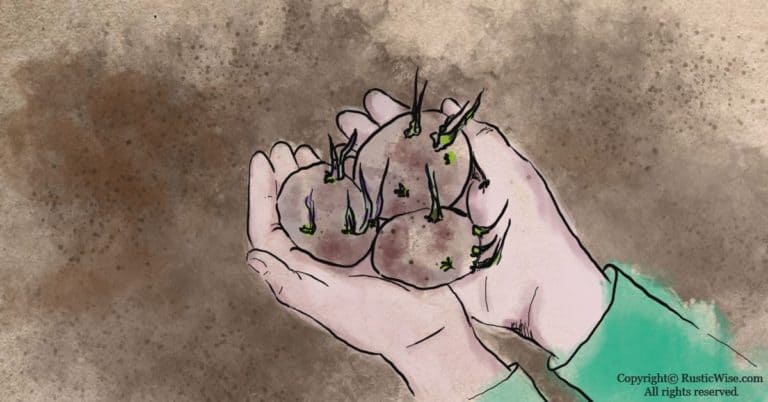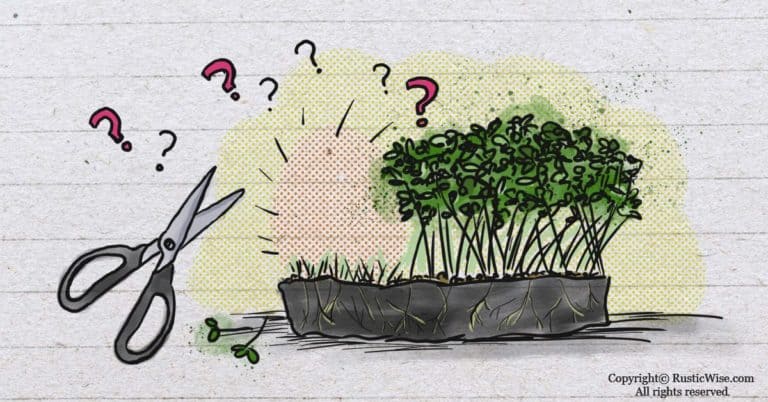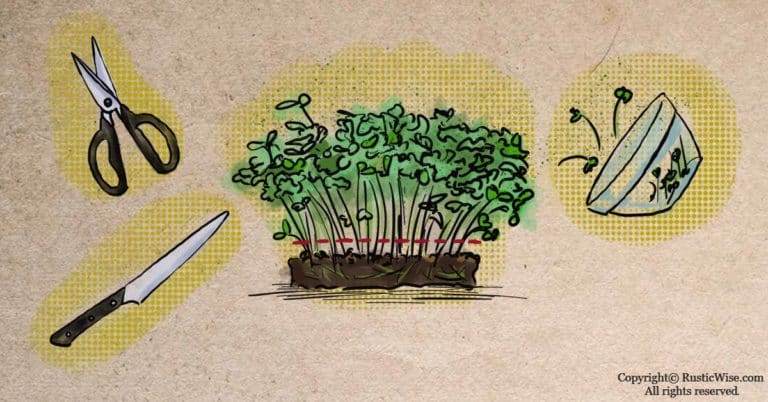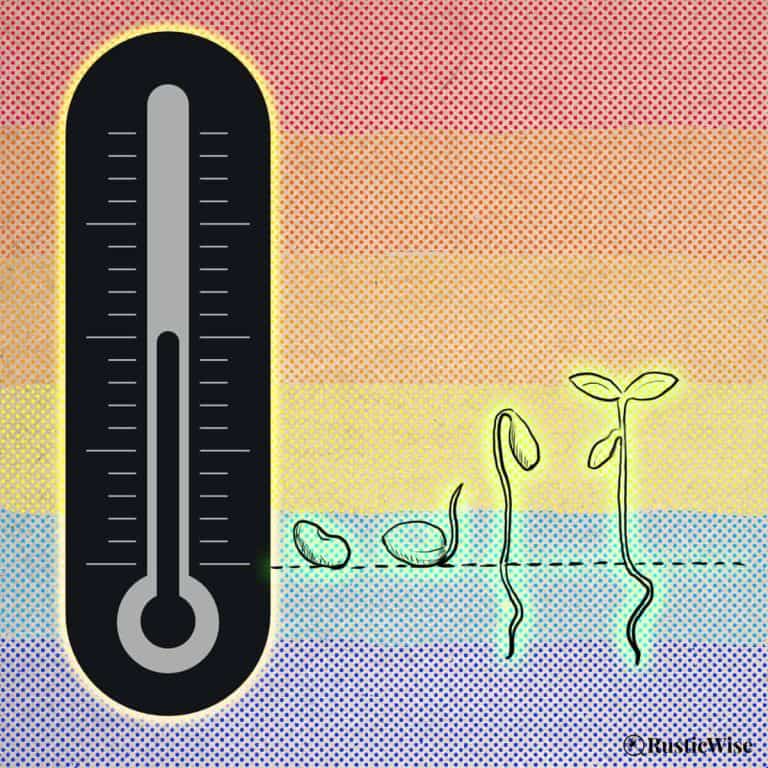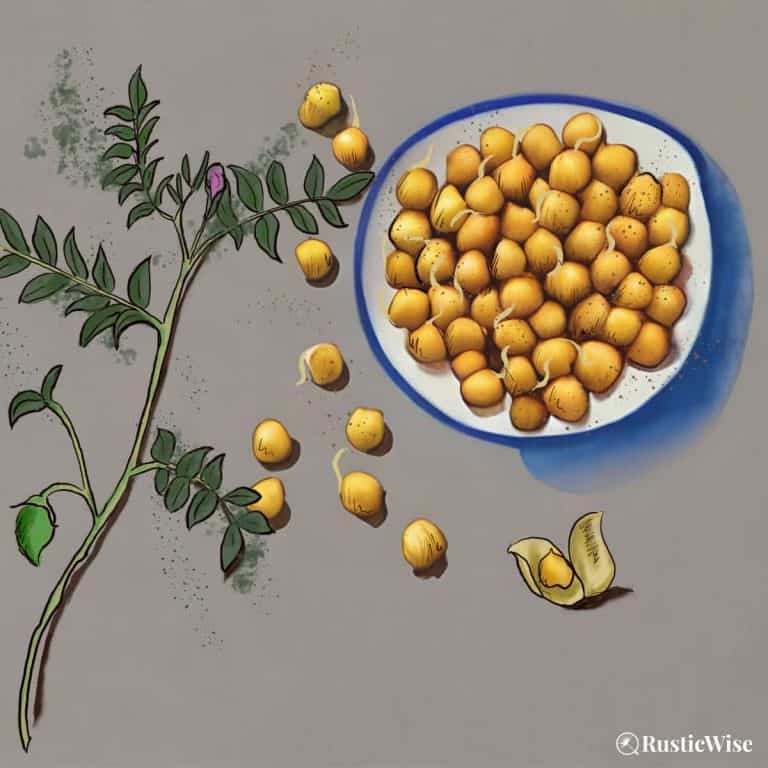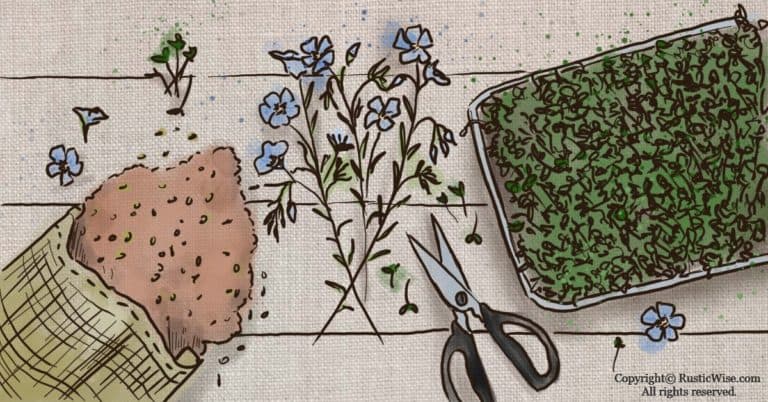Sawfly Larvae on Currant Plants: How To Control This Pest
Our currant plant looked fine at the beginning of the week—vibrant and healthy foliage with emerging berries. But in a matter of days after returning from a few days out of town, most of the leaves on the plant were decimated.
At first glance, I thought it was caterpillars. But after doing a bit of research, I learned it was sawfly larvae munching on the leaves of our currant plant. Also known as imported currantworm, this tiny pest can wreak havoc on currants and occasionally gooseberries.
So, perhaps you’ve noticed leaves on your currant plant covered with tiny holes, or even entire leaves eaten. Upon closer look, you may even spot the tiny green worms with black spots on currant branches. Don’t worry—at the sawfly larvae stage, you can still save your plant (and berries) while removing these pests without resorting to harsh pesticides. Keep reading to learn how!
Note: The terms “imported currantworm” and “currant sawfly” are used interchangeably in this article and are referring to the same pest: Nematus ribesii.
A closer look at currant sawflies (aka imported currantworm)
Sawflies belong to the family Tenthredinidae, of the order Hymenoptera, of which ants, bees, and wasps also belong.¹ The scientific name of this insect is Nematus ribesii; common names of this pest are currant sawfly, imported currantworm, and common gooseberry sawfly.
The primary hosts of this insect are, of course, currants and gooseberries.
What does sawfly larvae look like?
Sawflies at the larva stage have a pale green color, with a worm-like appearance. They have a black head. As they grow larger, mature larvae develop many tiny black spots along their bodies. Typically, at the larva stage, their length measures roughly 12 millimeters.²
Sawflies often are easy to spot at this stage as they like to cluster together, feed in groups, and enjoy a tasty snack of leaves.

What’s the difference between sawflies and caterpillars?
While sawfly larvae look like caterpillars, they’re not the same. The main difference is the number of prolegs, the small protrusions that line the insect’s abdomen. Sawflies typically have 6 or more pairs of prolegs, while caterpillars have between 2 and 5 prolegs.³
Other types of sawflies
No, imported currantworms are sadly not the only type of sawfly species. There are actually thousands of species within the superfamily!⁴ There are 5 main families:
- Argid sawflies (Argidae): There are roughly 400 species of this group around the world, and they like to feast on birch, oak, and willow trees, as well as rose bushes.
- Pergid sawflies (Pergidae): Mostly based in Australia and South America, these insects like eucalyptus, hickory, and oak trees.
- Cimbicid sawflies (Cimbicidae): This group is easily characterized by its large antennae. They like to munch on elm, poplar, and willow trees.
- Conifer sawflies (Diprionidae): These medium-sized pests can cause serious damage to coniferous trees including fir, pine, and spruce trees.
- Typical or common sawflies (Tenthredinidae): There are about 4,000 species in this group which find food amongst fruit and flower trees and shrubs.

How to spot sawfly damage
Damage from sawflies can range from mild (small bullet-holes) If you’re keeping a close eye during the early stages of an infestation, you may notice small circle-like holes along the interior section of leaves. But these are easy to miss.
As the sawfly feeding frenzy increases, and as they grow, you’ll see the margins of leaves chewed up.
And in severe cases, you’ll have complete defoliation.
Note: Don’t panic if you see a few larvae feeding on the leaves. Most healthy plants will survive an infestation if you take steps to minimize the damage for the following year.
The lifecycle of the imported currantworm
Imported currantworms have 4 distinct life stages: egg, larva, adult, and pupa. Sometime around late spring to early summer (in our area, they often emerge in June) adult sawflies emerge from the ground. The adults look like brown wasps.
After mating, female sawflies lay small white eggs in rows, along the underbelly of leaves, along the main vein.⁵
In 7 to 10 days, the eggs hatch. The larvae chew small holes along the interior of leaves which look like bullet holes, leaving the berries alone.⁵ (Even if you’re keeping an eye on your plants, these tiny holes are easy to miss!)
Young larvae are pale green, but as they mature in about 3 weeks, they develop their telltale black spots and begin gorging on the margins of leaves.
After feasting, the plump larvae fall to the earth, create a cocoon, and bury themselves underground to pupate and wait out the winter months.⁶ A small fraction of the larvae may emerge in late summer for a second generation, but most will remain underground.⁵
Note: If you’re having cool, rainy weather, the adults may emerge several weeks later than normal.
How to get rid of sawflies
Luckily, with a bit of effort, sawflies are an easy pest to manage.
One of the best ways to control sawfly larvae is to hand-pick them off, one by one. (Don’t worry, these critters won’t hurt you and barely move at all.) Toss them into a small bucket of soapy water to dispose of them.
If you’re squeamish (like my wife), a strong blast of water from a garden hose can send these pests flying off the leaves. Of course, they may still land near the base of the plant, in which case I highly recommend you sweep them up or remove them.
The main goal is to decrease the amount of larvae that mature and go into the soil for next year. We had a fairly severe infestation and managed to get ahead of it by manually removing them.
What about using pesticides on sawfly larvae?
Be wary and careful about using pesticides/insecticides. Any time there are edible plants involve, it’s best to steer clear of them if possible.
Some people try using Bacillus thuringiensis var. kurstaki (Btk) which works on caterpillars but is ineffective against sawfly larvae.
Low-impact insecticides such as insecticidal soap and horticultural oil may work on young larvae, but multiple applications are likely needed.³
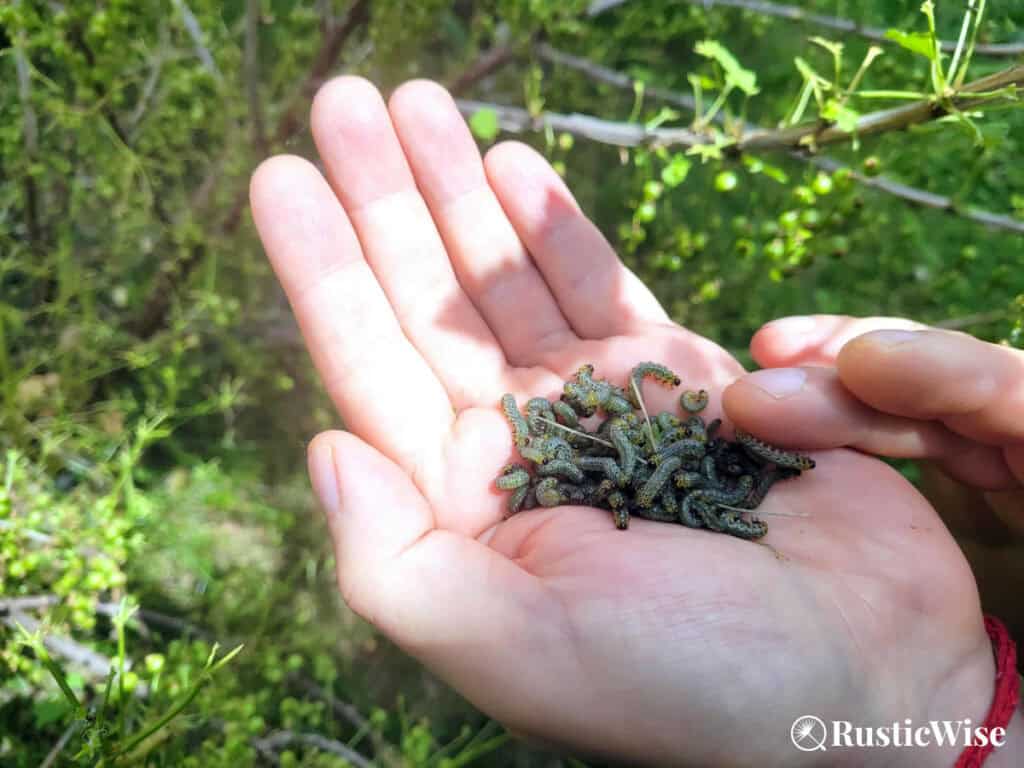
5 ways to be proactive about sawfly management
They say an ounce of prevention is worth a pound of cure. Here’s how to keep sawfly populations at bay for next growing season.
- Use row covers: Setting up a physical barrier such as a row cover is one of the easiest and most effective way to keep the little buggers away from your plants.⁶
- Look for signs of eggs in the late spring/early summer: If you didn’t use row covers, the best way to manage imported currantworm is to stay vigilant in the spring and summer (often in mid-June) when adults emerge to lay eggs on the undersides of leaves, along leaf veins. You can manually squish or remove the long, oval, white eggs on leaves.
- Look for insect bites in the middle of leaves: Small “shotgun” holes appear along the interior of leaves when larvae are young.
- Place plastic sheeting or a tarp under the plant: This helps to “catch” any larvae that may have fallen to the ground. The physical barrier also prevents these insects from burrowing into the ground.
- Rake around the plant: At the end of the growing season, remember to rake up any debris collected around the base of the plant. This is where the adults overwinter in a cozy cocoon; they will emerge next spring and lay eggs on the foliage.
Related questions
What are common diseases that affect currants and gooseberries?
A few common diseases that hinder currant and gooseberry plants include:⁷
- Anthracnose (leaf spot): Brown spots may appear on leaves in the late summer to early fall, causing leaves to turn yellow and fall prematurely.
- Powdery mildew: A powder-like white fungus that appears on leaves. It’s often caused by overly humid conditions.
- White pine blister rust: This fungus spreads readily from affected white needle pines to currants and gooseberries.
Is it safe to eat currants after removing sawfly larvae?
It depends on how severe the infestation was on the host plant. Since the sawfly larvae feed mainly on the leaves, they leave the berries alone, making it safe to consume. Unlike other pests, sawfly larvae don’t eat the fruit, nor do they burrow into it (thank goodness!).
Of course, this also depends on your comfort level. If you leave the berries on the plant, it’ll make a tasty snack for birds and other critters.
👉 If you like this post, see our complete Indoor Growing Collection.
Would you like more timeless tips via email?
Fun tips to help you live an independent, self-sustaining lifestyle. Opt-out at any time.


References
- University of Maryland Extension, Sawflies, https://extension.umd.edu/resource/sawflies/. Accessed August 2024.
- University of Nebraska-Lincoln, Department of Entomology, Tim Wucherer’s Currant Sawfly Pest Profile,
https://entomology.unl.edu/scilit/Tim+Wucherer%27s+Currant+Sawfly+Pest+Profile.pdf. Accessed August 2024. - University of Minnesota Extension, Sawflies, https://extension.umn.edu/yard-and-garden-insects/sawflies. Accessed August 2024.
- Britannica, Sawfly, https://www.britannica.com/animal/sawfly. Accessed August 2024.
- Bugwood Wiki, High Plains Integrated Pest Management, Nematus ribesii, https://wiki.bugwood.org/HPIPM:Nematus_ribesii. Accessed August 2024.
- University of Saskatchewan, Imported currant worm, https://gardening.usask.ca/articles-and-lists/articles-insects/article-imported-currant-worm.php. Accessed August 2024.
- Province of Ontario, Growing currants and gooseberries for home gardens, https://www.ontario.ca/page/growing-currants-and-gooseberries-home-gardens. Accessed August 2024.

Author: Josh Tesolin
Josh is co-founder of RusticWise. When he’s not tinkering in the garden, or fixing something around the house, you can find him working on a vast array of random side projects.


